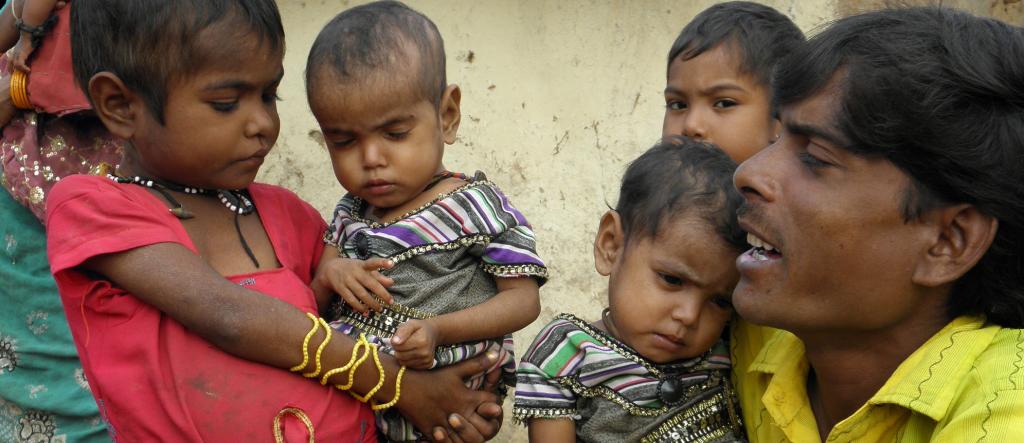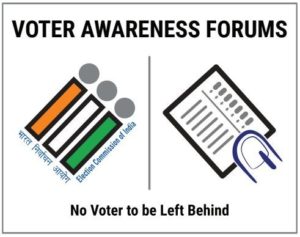There is a global driver of diseases and death that is continuously proving that the rich-poor gap is either rising on the growth scale or is completely constant in the majority of low-income countries. That driver is malnutrition. The obvious sequels of malnutrition are spread over a wide-ranging scale, from wretched health of individuals to severe deprivation as well as extreme sufferings which are mostly artificially created nowadays, such as famines, war, conflicts, and droughts. The problem might vary but this binary of over-consumption and wastage of food on one side, and deficiency of food on the other is leading to a disease or more correctly disease driver which can no more be unseen, i.e. malnutrition.
The World Health Organization (WHO) defines malnutrition as: “Deficiencies, imbalances or excesses in an individual’s intake of energy and/or nutrients.” A very similar description for malnutrition is given by ‘the United Nations Children’s Fund (UNICEF)’. It says, “If the diet does not provide adequate nutrients for growth as well as maintenance or if the body is unable to fully utilize the consumed food due to any sort of illness (undernutrition), in this state the person is considered to be malnourished”. It also adds that if the person consumes too much energy (overnutrition), still he is categorized as malnourished.
The imbalance in nutrition underlined in both the definitions is very common in the human body, as individuals quite often face some problems in terms of acquiring the right amount of nutrition. But the compensation of the loss in some cases is ignored, for example, heavy menstrual bleeding can cause high iron loss or various intestinal worms cause loss of iron & protein and decreased absorption of nutrients or diarrhea due to the poor sanitation leads to poor absorption of nutrients. All of these examples are common but diet is generally not reformed accordingly using these inputs which further give rise to malnutrition. More than people, this deficiency is due to the lack of a strong policy or its faulty and slack implementation.
Depending on the individual human body requirements, a state of balanced nutrition requires suitable levels of various nutrients in a diet. Inappropriate nutritional consumption levels lead to different forms of malnutrition. Nutrients can have maximum appropriate levels (e.g. added sugar), minimum required levels (e.g. fibre), or both minimum as well as maximum recommended limits (e.g. many vitamins and minerals). The Nutrients based on which malnutrition criteria can be applied include: the total energy (measured in calories), Macro-nutrients (which are comprised of- Protein, Fat, Carbohydrate (which includes starch, fibre, and sugar)), and Micronutrients covering both vitamins and minerals. According to a recent analysis, about 88% of countries are experiencing serious burdens of either two or three of the following forms of malnutrition: childhood stunting, anaemia in women of reproductive age, and overweight in adult women. Undoubtedly, malnutrition not only causes ill health but also severely affects people’s lives in many different ways. This can also subsequently have knock-on social and economic effects. Globally, malnutrition is evaluated to cost the economy at approximately 5% of economic output, i.e. an estimate that only accounts for lost labour productivity and first-hand healthcare costs.
UNICEF analysis
In 2019, a very high prevalence of stunting was noticed in three regions of the world that affected approximately one-third of children. In Latin America and the Caribbean, despite the overall low prevalence, some individual countries faced varying stunting rates i.e. low, medium, and high. In addition to this, relative disparities are frequently reported in these regions. In 2019, more than one in five children under the age of 5 years worldwide had a stunted growth which was at almost 21.3 percent. Between 2000 and 2019, overall trends in the stunting prevalence have declined from 32.4 percent to 21.3 percent, but “under-five” wasting and severe wasting are highly sensitive to changes. In comparison to the richest, the stunting rate was more than double among the poorest children. In South Asia, when the comparison is made between the richest and poorest children, the absolute disparities are greatest with regards to stunting prevalence. While surveying for overweight, it was found that the Middle East and North Africa had the highest prevalence in 2019 affecting 11.0 percent. Over the two Asian regions, East Asia and the Pacific & South Asia, account for nearly two out of every five overweight children in the world. In the years from 2000-2019, North America was the only region that had seen a statistically significant rise in the number of overweight children.
WHO is also aiming for a world free from malnutrition, where all people should achieve health as well as wellbeing. As per the 2016–2025 nutrition strategy, WHO is dedicatedly working with the Member States and partners towards universal access to effective nutrition interventions as well as to the provision of healthy diets from resilient and sustainable food systems. WHO uses its convoking power to help set, align, and advocate for priorities and policies that move nutrition forward globally.
Connection to SDGs
The sustainable development goals (SDGs) demand urgently that all countries should act together to end hunger and all forms of malnutrition by 2030. It is the need of the hour to set targets and act upon them quickly. Urgent attention to attain such goals is seriously overdue. Policy actions must be designed as well as adequately funded to defeat malnutrition in all its forms. Evidence-based measures must be implemented at all scales including both broad-based and targeted actions that aim at the most nutritionally vulnerable people. The rapidly escalating threats posed by malnutrition represent a planetary challenge at par with poverty and climate change. This does not allow any delay in actions. An appropriate response at the required scale should be the top priority for the decision-makers. Implementation of a simple screening tool that identifies patients at risk and allows appropriate treatment will not only improve the clinical outcomes but will also reduce healthcare expenditure. Every healthcare professional should recognize that proper nutritional care is elemental to good clinical practice. Addressing the deficiencies in the education of all healthcare professionals and exerting influence through clinical leadership are a must. These can guide the world towards genuine improvement in nutritional care. The treatment for malnutrition depends on the general health and how severely malnourished a person is but the prevention is in our hands. One must always eat a healthy and balanced diet (given he/she can afford it), or the state must ensure nutritional equity and justice, and the state and its people must always remember: – “Health is real Wealth”.
The author is a student member of Amity Centre of Happiness.





